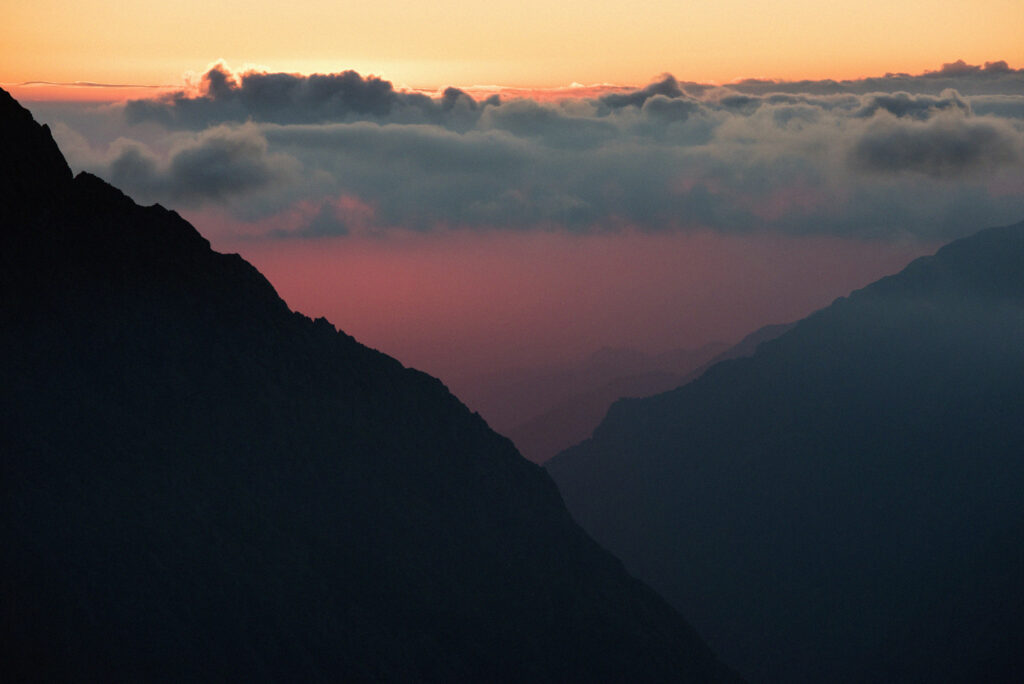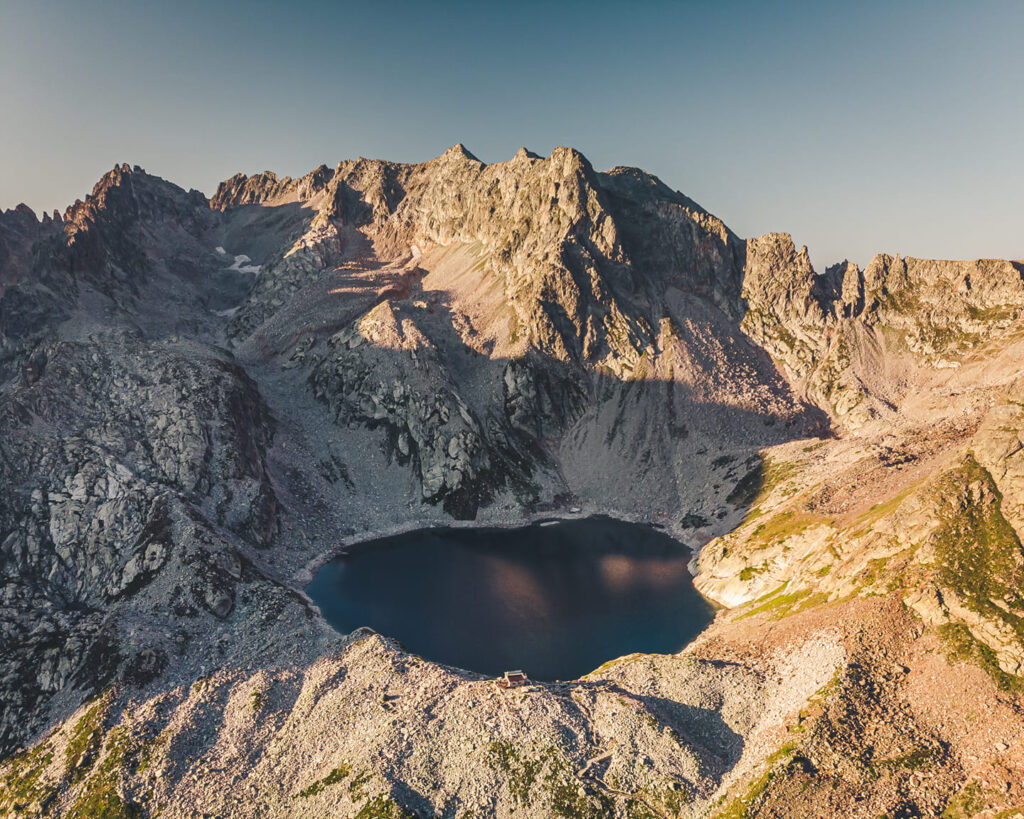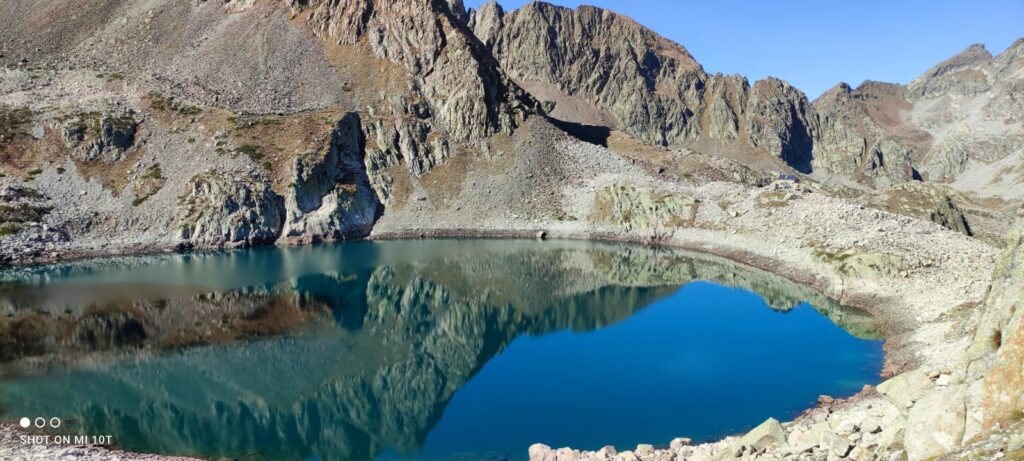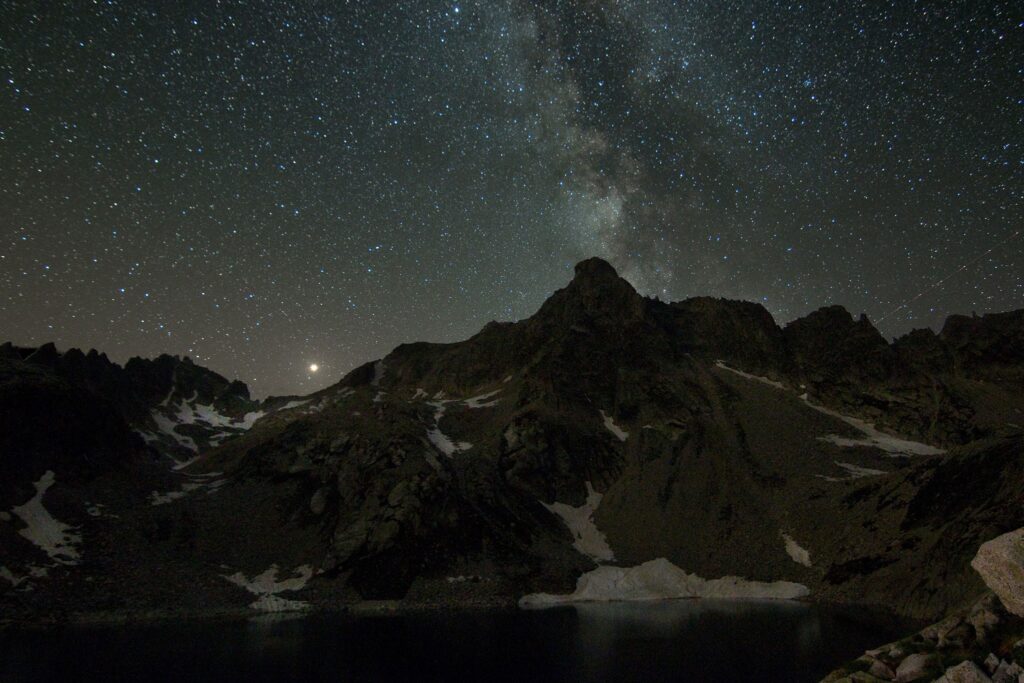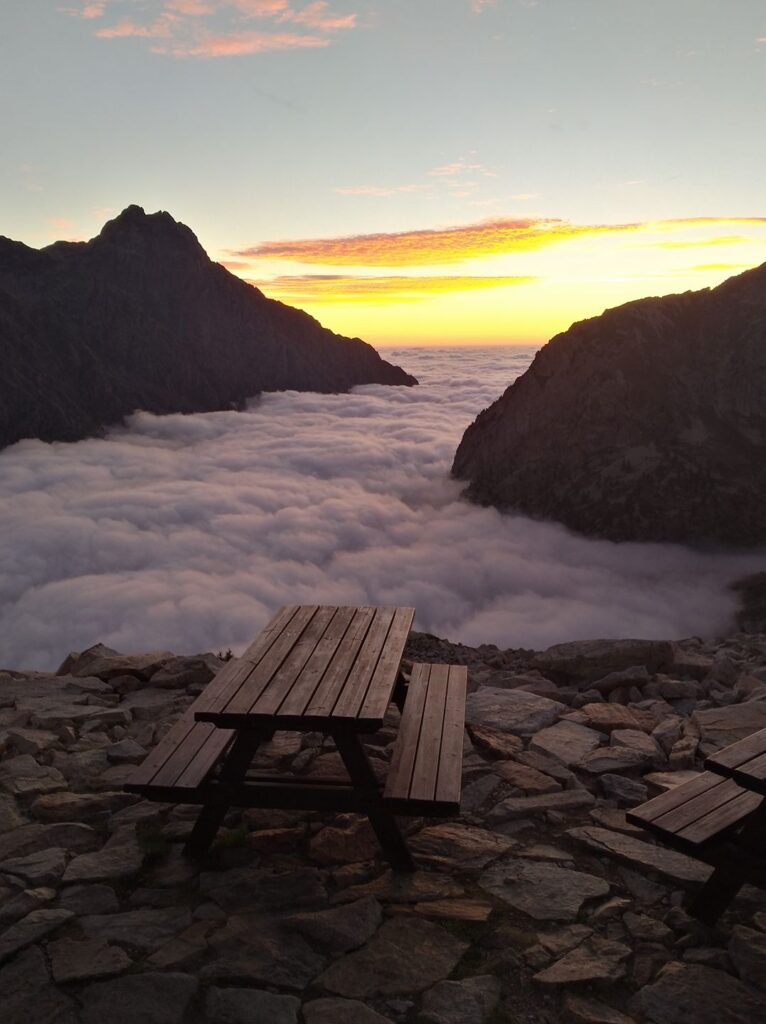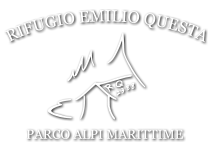With the rise of mountain tourism, we increasingly find ourselves dealing with “customers” who have no knowledge of the mountains or the environment, and who have distorted expectations of the services that the Questa can offer… resulting in us being the target of sometimes unfair — if not openly offensive — criticism, despite the efforts we put into keeping the Hut running. We’re not playing that game.
To be clear: there are certain customers we’re happy to do without. For this reason, we’ve prepared the following Frequently Asked Questions (FAQ): those who know the true spirit of the mountains will find the answers perfectly natural, and will probably consider some of the questions rather stupid (and you’d be right — yet each one refers to situations that actually happened). The others can draw the appropriate conclusions about why it might not be a good idea for them to come up to the “Questa” hut.
Why is the Rifugio Questa so “basic”?
Because it wasn’t built as a Mountain Hut. The Rifugio Questa was originally a military outpost, built over a century ago to temporarily house soldiers and some ammunition. It was never designed to host tourists, hikers, or families. Over time it’s been adapted, but the foundation is still the same: a historic building with obvious limitations that are not easily changed.
But can’t you renovate it to make it more modern?
It’s not that simple. As a historic structure located in a protected area, every intervention must comply with strict regulations (anyone who has ever worked under environmental, landscape, or cultural restrictions knows exactly what we mean). And even if we wanted to, radically altering the hut — which blends harmoniously and discreetly into an incredible natural setting — would be a cultural and environmental mistake.
Couldn’t the previous managers have done something?
The hut was tied up in a long legal dispute that lasted decades, making it difficult even to determine who the actual owner was and who should be responsible for any work. In such a limbo, no one was willing to invest money and time, risking not being able to benefit from it afterward. If you’re curious, a quick online search will bring up news articles about this long-standing affair.
What has the current management done to improve the hut?
A lot, considering the constraints. In just a few years:
- You can now even have a hot shower (within certain limits) — something far from guaranteed in an alpine hut.
- Wooden cabins (with transparent roofs to admire the night sky from bed) have been added nearby to increase capacity.
- A windbreak has been installed to make the outdoor terrace more comfortable, and the area has been expanded.
- The photovoltaic system has been upgraded and integrated with a wind turbine.
- A water purifier has been installed to guarantee clean drinking water at all times.
- Double-glazed windows are being installed, bit by bit.
Why is it so complicated to carry out work there?
Because we are over 2,000 meters above sea level, and the drivable roads stop much further down the valley. Every material must be carried on foot, on muleback, or by helicopter. And we’re not even attempting to account for the potential cost of skilled workers and technicians. This makes even the smallest intervention logistically complex and very expensive.
Are the beds and dorms uncomfortable? Why can’t I have a room to myself?
Comfort is subjective… but by the very nature of the hut, you must be prepared to end up in small rooms or dormitories, with little space and alongside other people — or climbing in and out of bunk beds. In any case, it’s important to embrace the spirit of frugality, sharing, and socializing that is an essential part of staying in an alpine hut.
Why couldn’t I sleep with my hiking companions?
To remain financially sustainable, the hut must aim to keep all available beds occupied. As a result — especially during high season — when faced with the choice between (for example) hosting three people in a six-bed room or filling the remaining beds in that room with other guests, we choose the latter. This allows us to accommodate all reservations as efficiently as possible.
Why are the bathrooms so basic and shared?
Again, because of the structural characteristics of the hut, which we’ve already explained. It’s simply not possible to create larger facilities — and certainly not (yes, we know it sounds ridiculous to have to say this) a private bathroom for every bed.
How’s the mobile network coverage at the hut? Do you provide Wi-Fi?
Mobile network coverage is almost non-existent: we can say that TIM and the operators using its network get some signal here and there, while Vodafone works hardly at all. We cannot provide Wi-Fi connectivity: the hut’s internet line is used exclusively to operate our services and for emergency calls. Bandwidth is very limited, and it decreases further in bad weather conditions; it is not technically possible to share the connection with guests.
One last thing: why publish these questions?
Because we’re tired of repeating the same explanations over and over. We don’t expect everyone to give us 5-star reviews, we don’t ask to be praised endlessly, and we are open to criticism — as long as it’s informed and constructive. What we won’t accept are “observations” completely detached from reality.
We do not run the hut with the aim of making a profit or, worse, speculating. Beyond the normal goal of “breaking even,” which is the basis of any economic initiative conducted within the rules, keeping the “Questa” open is a service we provide to mountain lovers, offering them the best possible welcome in a magical setting.
In this sense, just look around. Fill your eyes, your soul, your heart: from the dazzling blue waters of Lago delle Portette to the Vallone del Valasco, all the way to the peaks rising on every side. Staying at the Questa is a unique experience, with views and landscapes you’ll be hard-pressed to find elsewhere — the kind few other huts can boast.
Faced with all this, does it really make sense to complain about the structure? Or about the mattress not being as soft as you’d like? Or about not having bathrooms the size of an Olympic pool? If you truly love the mountains and understand our spirit, the answer should be obvious… otherwise, we can only invite you to stay home or be content with certain “fake huts” that offer hotel-like services.
In which case… well, take a look at what you’re missing…
